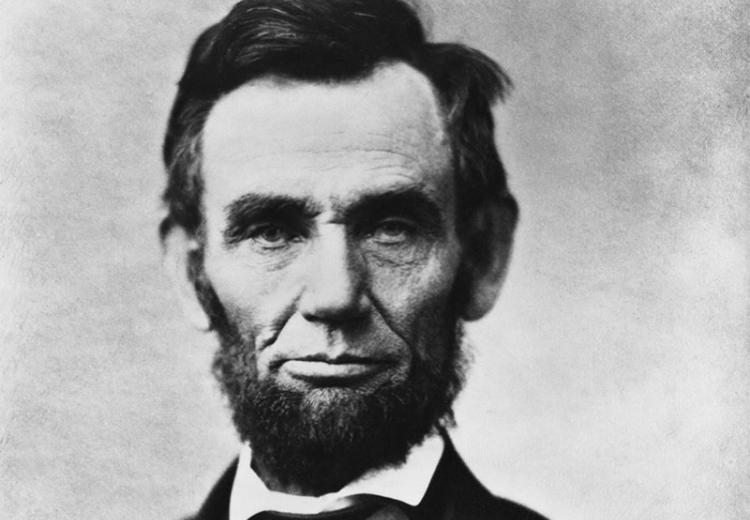Lincoln Goes to War

Abraham Lincoln portrait.
This lesson plan explores the decision-making process that precipitated the Civil War, focusing on deliberations within the Lincoln administration that led to the Confederate attack on Fort Sumter in April 1861. Students first review the situation that Lincoln inherited when he took office in March 1861, and summarize his views on the critical issues before him as reflected in his First Inaugural Address. Then students examine the conflicting recommendations that Lincoln received from his cabinet as he formulated a response to the Confederate demand that federal troops evacuate Fort Sumter in Charleston, South Carolina. Working with primary documents, students argue the risks and benefits of the options Lincoln had before him, re-enacting the debate among his cabinet members, and then, based on Lincoln's final decision, seek to determine what he thought was ultimately at stake. Finally, students investigate the Confederate contention that, by attempting to secure Fort Sumter, Lincoln provoked the South to defend itself and thus ignited the Civil War. Looking back at the words Lincoln addressed to the secessionists in his First Inaugural Address -- "We must not be enemies" -- students consider whether or not his actions bore out those sentiments.
Guiding Questions
Did President Lincoln make the right decision regarding Fort Sumter?
Learning Objectives
Analyze the causes and effects of the secession crisis of 1861.
Evaluate Abraham Lincoln's decision to secure Fort Sumter despite Confederate objections.
Evaluate the extent to which Lincoln's actions were calculated to provoke conflict.
